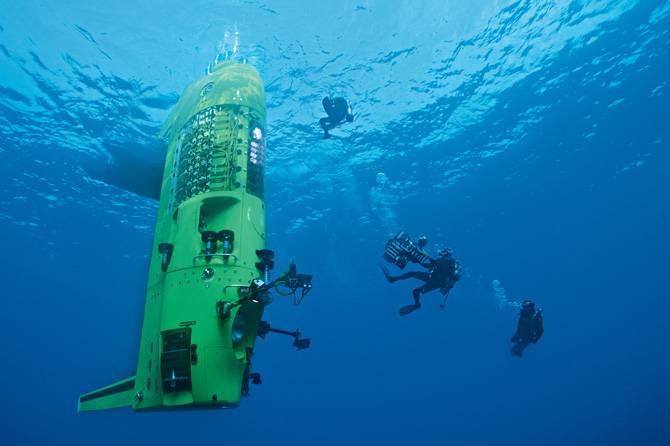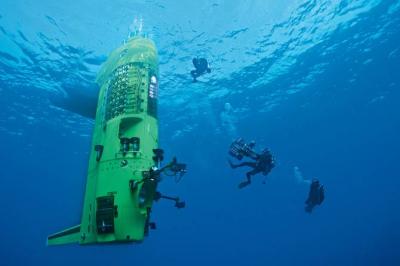A precision, untethered, self-powered robot developed for deep-sea exploration has been described in a research paper published this evening in the prestigious journal Nature.
The researchers found the robot successfully operating in the depths of the Mariana Trench, which is considered the deepest point on Earth located in the Pacific Ocean. The robot was able to swim and dive freely, reaching a depth of 3,224 meters below the surface in the South China Sea. It is worth noting that the deep sea is still regarded as the largest unknown area on Earth, as exploring it is extremely challenging. The extremely high pressure in this environment usually requires mechanical systems to have solid vessels and systems for pressure compensation and equalization to continue functioning. However, deep-sea organisms like jellyfish, which lack large or heavy bodies to withstand the pressure, still thrive in these extreme depths.
Researcher Tifeng Li and his colleagues developed a small, precision robot inspired by the structure of a deep-sea snailfish, capable of effectively exploring the deep sea with powerful control and self-propelling through water. Unlike some other swimming and diving robots that rely on large solid vessels for movement, the electronic components of this robot are decentralized and encased in a flexible silicone matrix. Field tests in the Mariana Trench revealed that this robot exhibited excellent resistance to extreme pressure and unparalleled swimming and diving performance. Additionally, the authors indicated that their future work would focus on developing lightweight materials and structures to enhance the intelligence, versatility, maneuverability, and efficiency of robots for use in such harsh conditions.




